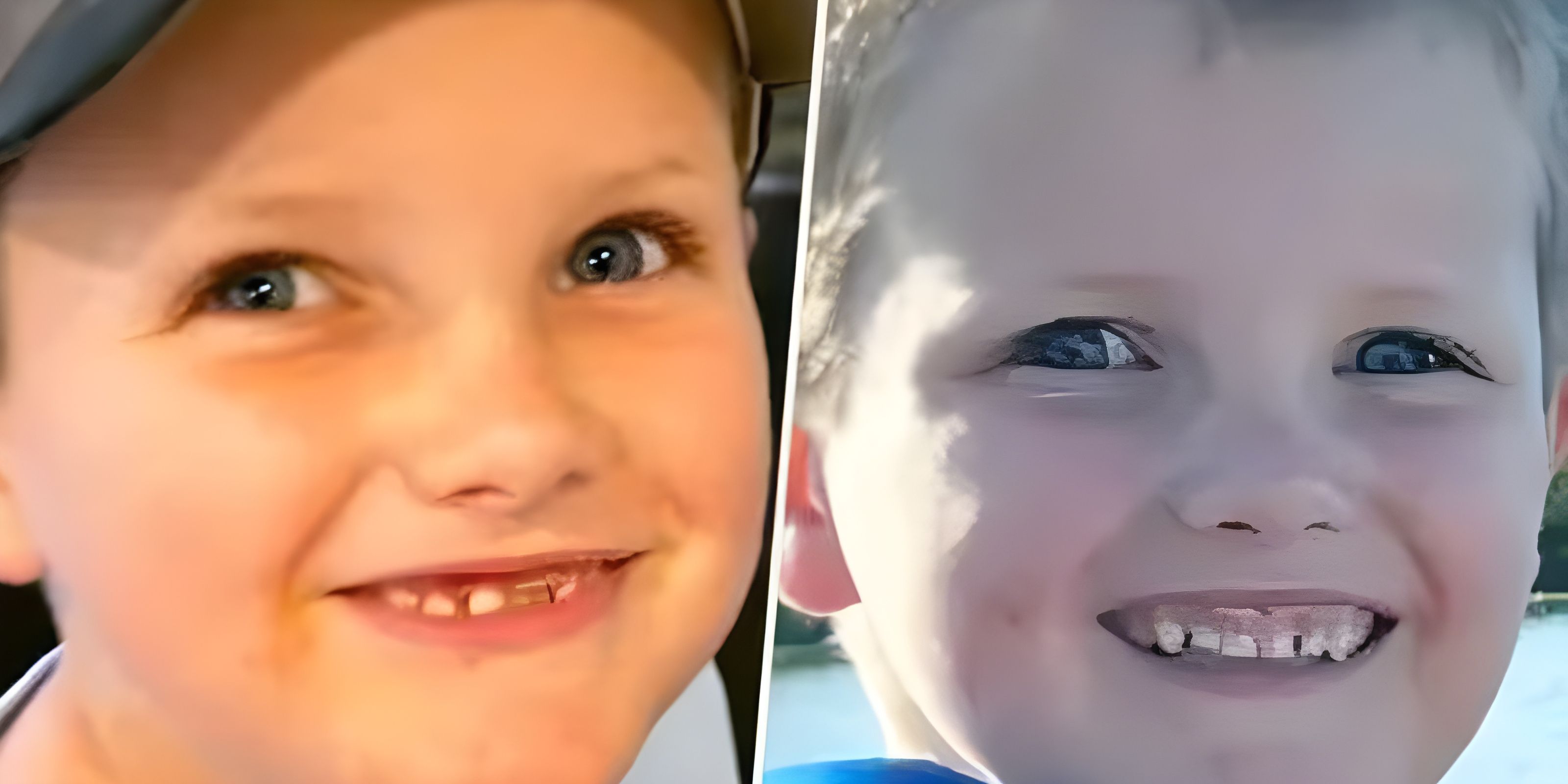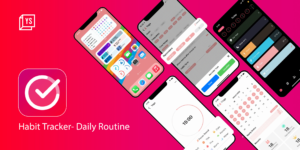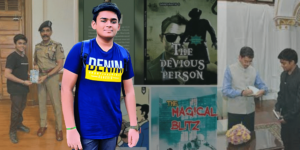
In a remarkable narrative of resilience and ingenuity, a young boy’s years-long ordeal with undiagnosed chronic pain found respite through an unexpected ally – a chat powered by Artificial Intelligence, known as ChatGPT. This extraordinary breakthrough in the boy’s medical journey emerged after relentless efforts and consultations with 17 different specialists yielded no conclusive diagnosis.
For three harrowing years, young Alex suffered from inexplicable chronic pain, which dramatically altered his vibrant personality into one marred by regular tantrums and immense distress. His mother, Courtney, watched her child transform, grappling with an anguish that seemed to defy explanation.
Courtney’s unwavering determination to uncover the root cause of Alex’s suffering led her through a maze of medical consultations, commencing with a dentist visit triggered by Alex’s peculiar chewing habits. Despite numerous efforts – including an orthodontic intervention to address a narrow palate and a brief foray into physical therapy prompted by concerns regarding Alex’s halted growth – the central issue remained elusive.
The family’s ordeal reached a tipping point with Alex exhibiting a series of debilitating symptoms ranging from severe headaches to sleep disruptions. The numerous visits to specialists and a distressing trip to the emergency room only amplified Courtney’s growing desperation.
In a stroke of genius fueled by frustration and a maternal instinct that refused to be stifled, Courtney turned to ChatGPT, an AI-powered program, as her last resort. Through meticulous input of details gleaned from Alex’s MRI notes and keen observations of his symptoms, Courtney engaged with the AI in a mission to unveil the obscured ailment tormenting her son. A beacon of hope emerged when ChatGPT identified the potential culprit: tethered cord syndrome, a neurological disorder characterised by tissue attachments restricting the spinal cord’s movement, leading to abnormal stretching and associated complications.
This revelation, provided by ChatGPT, resonated profoundly with Courtney, aligning seamlessly with Alex’s displayed symptoms and medical history. Armed with this newfound insight, Courtney ventured into a community of families battling tethered cord syndrome, gaining not only solidarity but also access to a neurosurgeon with the expertise to confirm the diagnosis that had been evading them for years.
Upon reviewing Alex’s MRI images, the specialist unequivocally identified the signs of occulta spinal bifida and a tethered spine, validating the AI’s suggestion and affirming Courtney’s persistent efforts. Overwhelmed with a mélange of emotions including relief and exhilaration for Alex’s prospective future, Courtney finally saw a glimmer of light at the end of a long, dark tunnel.
Alex embarked on the path to recovery with a successful surgery to rectify his tethered cord syndrome, marking the commencement of a promising new chapter in his young life. While the journey to recovery is still underway, the courageous family hopes that sharing their saga will inspire other families to persist in their advocacy for their children’s health.
In an age where technology often faces scrutiny, this tale serves as a testament to the potential harmony between artificial intelligence and human perseverance, uniting in the relentless pursuit of healing and hope.
.thumbnailWrapper
width:6.62rem !important;
.alsoReadTitleImage
min-width: 81px !important;
min-height: 81px !important;
.alsoReadMainTitleText
font-size: 14px !important;
line-height: 20px !important;
.alsoReadHeadText
font-size: 24px !important;
line-height: 20px !important;











